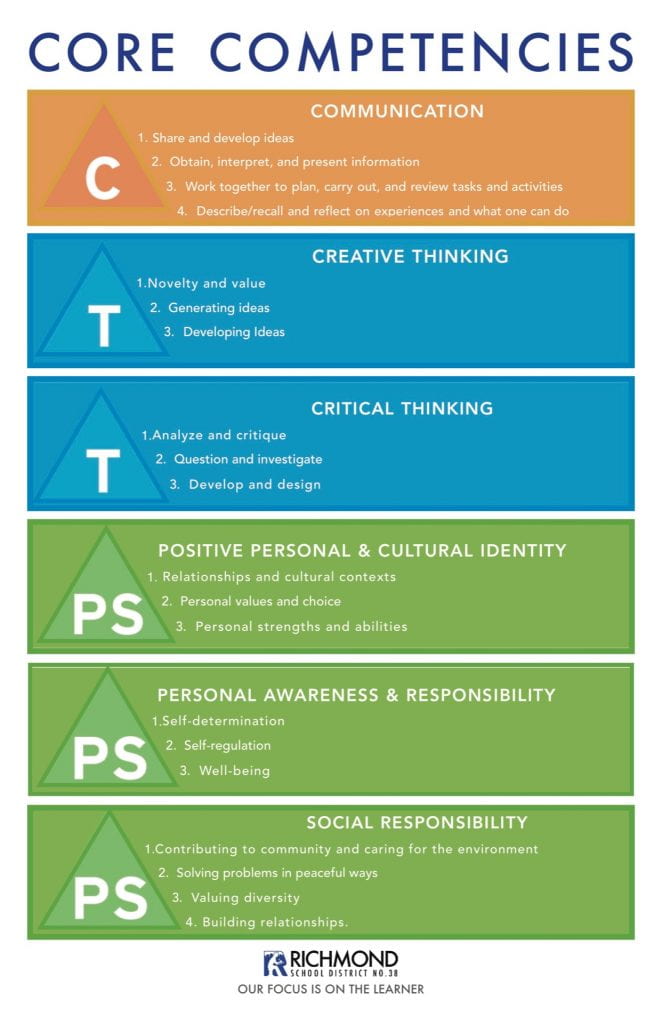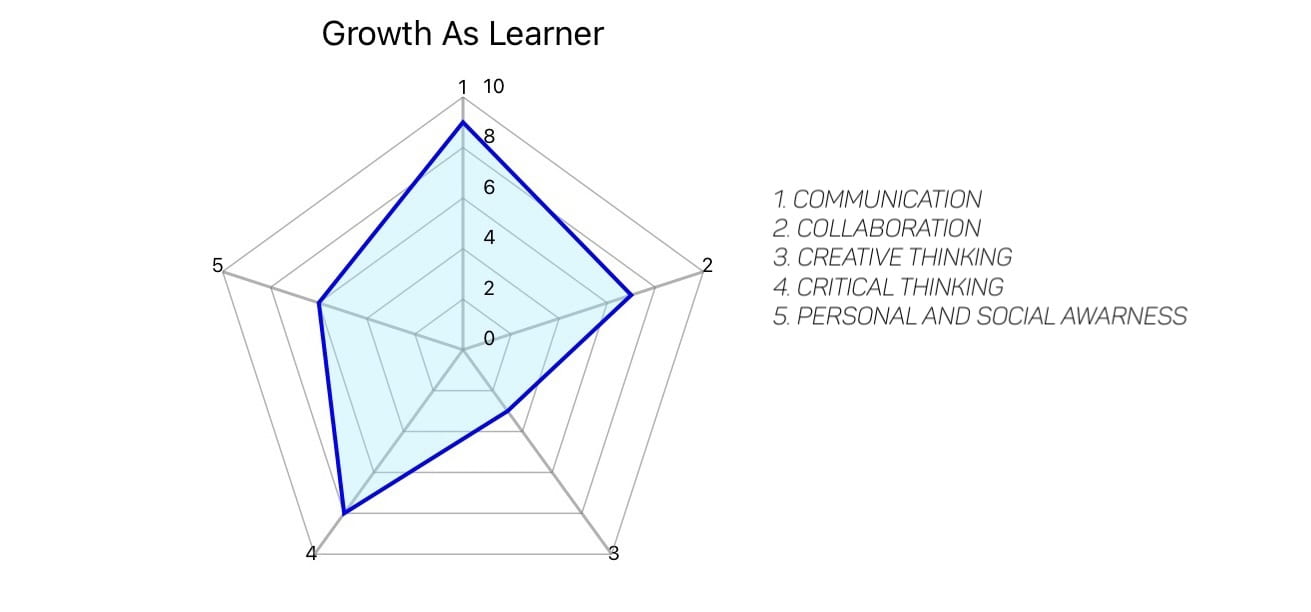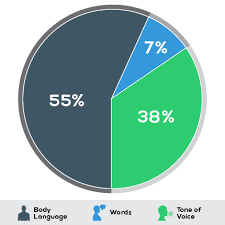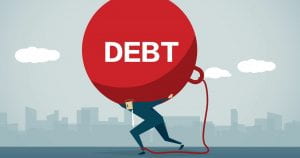Why Does this Politics Unit Matter?
Throughout this unit, I have learned a lot of concepts, ideas and skills. But it is more than politics, government and the subject matter in itself. I have developed my core competencies skills such as critical thinking and communication; I learned how to investigate issues and design a solution for them; furthermore, I can launch my solution by collaborating with others and influencing the world. In this post, I will be reflecting on my learning and sharing with you my learning journey throughout this unit.
Answer to Driving Question

(Picture Source)
Let’s start with the driving question of this unit: How should we govern ourselves? Although you might think this question has nothing to do with you, but it is constantly influencing your everyday life. After reading many articles, I believe the answer to the question of “How should we govern ourselves” is healthy competitions.
How Does Healthy Competition Relate to My Learning Journey?
Overall, the idea of healthy competitions can occur in every project I do.
Let us take “Is there any issue with our political system” as an example, I was investigating issues with our election system and designing solutions. Because of democratic nature of our government, anyone can form a new party and design solutions to improve our nation. This is a type of healthy competition.
Take a look at the Press Release milestone, this is more interesting. Hippopotamus encourages businesses to compete fairly and freely. As one out of the many political parties in Canada, we need to be very thoughtful with our messaging and communication as we are competing to win the vote.
But Now, What Does Healthy Competition Mean?
I would like to spend a minute to explain my view on competition. In general, there are two types of competitions, healthy competition and unhealthy competition. The difference between the two types of competitions is based on how the competitors see it. Healthy competitions want participants to focus on personal improvements, contributions to the environment or the journey of their learning; On the other hand, unhealthy competition want participants to only focus on the outcome at all cost. Some may focus on getting recognizability or attention from others.
Outcome of healthy and unhealthy competitions

Healthy competitions lead towards:
- Advancing the entire field or organization
- Unlocking personal potential
- Honouring mutually held values
- Points to inspirational examples
While unhealthy competitions lead towards:
- Fear and scarcity
- Focusing on validation and attention
- Diminishing others
- Winning at all costs
(Learn more about the two competitions)
But Why Do We Need Competitions?
Competitions can be beneficial in many categories, such as politics, economics, biology and even education.
Biology: Competition plays a significant role in biology, specifically species adaptations. Through natural selection, species and organisms compete, which eliminates organisms that are weak or do not fit into the environment. Competition in biology is important because it forces species adaptation, leading to the betterment of the environment. (Click Here to Learn More)
Politics: One of the important principles for us to be democratic is free and fair elections. With that in mind, we will never have just one political party. Political competition is important because it will produce better candidates and political parties in the process of competing with each other. (Click Here to Learn More)
Economics: Competitions in the market is essential because it boosts up productivity, encourage innovation and at the same time it lowers the cost for consumers. In other words, competition among businesses can bring up innovative technologies for the betterment of our society. (Click Here to Learn More)
Education: For kids, competitions allow them to learn faster, think deeper, and have a better performance. At the same time, it teaches kids to manage their nerves and know competition does not have to be feared. In brief, competition can simulate real-world for kids and allow them to prepare earlier. (Click Here to Learn More)
In general, competitions bring benefits, such as:
- Greater productivity and efficiency
- Economic developments and growth
- Higher product quality and innovations
- And more…
With these benefits in mind, competitions are essential for our society. We will grow and adapt faster with competitions, so that is why building up a healthy environment for competition.
Reflecting on My Journey
Throughout this unit, there are four important milestones: election result, statement of intent, press release, and campaign video.
In this milestone, I investigate issues with the current election system and develop potential solutions for it. One of the most important skills I learned in this milestone is problem-solving, which is an essential ability in real life. The knowledge I learned through this milestone can be used again when I study more about society. Politics is only one factor that influences our society, when I study more about other factors, such as economics, I will be able to make the connection between them. The skill of problem-solving will be used again when I discover issues that concern people, which can be useful in the real world. Looking back, I struggled through this project. Maybe some people will say I have done a decent job, but I know it is not enough. To do better next time, I can read more books and listen to podcasts to improve my knowledge and communication skill; I will make sure references make sense and they are relevant. I will prepare ahead because I know I need more time to study.
In this milestone, I collaborate with my political party to publish the purpose of our party. It was an interesting milestone because it stimulates how political party functions and how elections happen. At the same time, we learn to persuade people and explain our beliefs. These skills can be beneficial because it encourages leadership and allow us to better communicate with others. These skills can be used again when we are communicating with others. By answering the question “why should people believe in you?”, we need to earn trust and respect from others. Looking back, I found a pattern of how we completed this milestone. To be specific, we first find issues that concern Canadians the most. Then, we shared our opinions, and we gave each other feedback. Last, we merge similar ideas and write out the solution based on ideas and research. As a member of the HPC team, I can share my point of view with others with a full explanation. At the same time, I encourage others to share their ideas as well. If we do this milestone again, we can do better by organizing our thoughts and belief into a poster so people can understand us better. We will also focus to explain in detail how we will achieve our goals and promises. As a political party, HPC should advertise itself to let more potential HPC voters know about this party.
In this milestone, we write a blog post explaining in detail why should people vote for your party and not others. This is interesting, but also important because through this milestone we need to show statistics and evidence instead of just sharing our idea. This milestone relates to the last one because it is like an adaptation that we need to organize, communicate, and back up our beliefs with evidence at the same time. Through this project, I learned the importance of statistics and evidence which will be used every time I present a project, product or myself. As the first milestone, the most significant thing I do is research. But in this milestone, I can identify which data or information is more reliable on the internet. I would say there are some improvements between this milestone and the first one, but it is still not enough. My expectations for myself are always on a high level because I know better is possible (NDP slogan) I agree with the teacher’s suggestion that I need to narrow down the topic and focus on it. This will lead to a deep and thoughtful blog post.
In this milestone, we take the previous milestone to launch a final video of our political party. I look through many political ads from liberals, such as Relentless, Forward, Real change now because their ads are good examples to make a campaign video. This milestone can be difficult because we are aiming for their trust within two minutes only, but at the same time it is also important because it is a great opportunity to enhance our communication skills. The experience of this milestone can be used to give the audience a stronger, more powerful visual effect. But it is more than that. As we record the video, we understand the importance of teamwork. Through this milestone, we collaborate better than before and collaboration is one of the most important life skills, especially when you belong to an organization. As I reflect on this milestone, I realized the pattern we used to complete this video. We start with the question “How will the final video look like?”, such as the themes, script, location, etc…. Then we fill our draft with action and preparation. Last, we collaborate to make this difficult milestone possible. Overall, I believe we have done a good job with this milestone. At the same time, I know we can do better by having more clips and introducing graphics and statistics. To this point, I believe we, as a political party, should aim to be as professional as other parties.
Developments in Core Competencies

(Picture Source)
When I was reflecting and summarizing my learning, I realized my learning and growth can be represented through all the six core competencies above.
Communication: Communication is shown throughout the press release project. As a team, we need to communicate with each other our thoughts or ideas; As a political party, it is essential to communicate our purpose and goals with everyone to get their votes. Although we can have different points of view, we can work with each other without conflict, and that is the art of communication. I know I can improve in this field because I sometimes have conflict with others when sharing opinions. If I can redo this project again, I will think more about others’ feeling before I comment.
Creative Thinking: When we did the press release of our party, the question “What makes you unique” challenged us the most. We brainstorm ideas and plans that will separate us from other parties, and many innovative ideas came up. And it is that moment I realized this question push us towards creativity and critical thinking at the same time. I can say with confidence, without creative thinking we will not be able to reach what we have done. I know I can improve in this field because sometimes I lack creativity to write or to create a solution. Next time if I face similar projects, I will encourage myself to think outside the box.
Critical Thinking: When we were doing the first milestone, we need to question and investigate the current political system. At the same time, we developed and design solutions to solve that issue. For me, it was difficult to design a solution that can perfectly solve the issues, without any consequences. Throughout the first project, critical thinking plays a significant role to challenge us to think deeper. I realized afterwards that I spent more time than I needed to develop solutions, so I will train myself to do deeper thinking everyday to improve it.
Positive Personal and Cultural Identity: Looking back, I realized I used my strength, such as investigating, designing, and organizing, to help the team. I generate and organize ideas to keep us on track, at the same time, I encourage others to share their opinions as well. Through this project, I can find other people’s strengths as well. Without one of us, I do not believe we will achieve our goals. After all, I realize we would have done better in this field if I enhance our group vision and culture.
Personal Awareness and Responsibilities: When I was doing the first project for the first time, I did not do as well as I expected. I know by looking through my classmates’ work, that I am no match with them. Although this is frustrating, I was determined to catch up with them. I read many articles and worked till my body cannot endure more. I regulate myself so I can hand my work in on time. Overall, I believe I need to enhance my self-determination so I can handle frustrations better.
Social Responsibility: As we are making the final product, we had many unique thoughts and plans from each other, and we valued the diversity of ideas. Although it could be hard to include all ideas, we manage to merge ideas peacefully. When it comes to the final recording, we bring everything the video needs to contribute to the final product. Throughout this project, we can save a lot of time if we focus more on the question “how can we contribute to the team”.
Finally, I would like to thank PLP for giving me this opportunity to participate in this program. I have learned a lot from this unit. The process of traversing these thoughtful milestones made me a better person.
Thank you for your time
 Did I reach my learning goals for this year? How much have I grown throughout semester 1? Since the first semester had ended, it’s now the time to summarize everything I learned from the first semester. In our blog post today, I will be enhancing my learning journey and reflecting on my growth as a learner.
Did I reach my learning goals for this year? How much have I grown throughout semester 1? Since the first semester had ended, it’s now the time to summarize everything I learned from the first semester. In our blog post today, I will be enhancing my learning journey and reflecting on my growth as a learner.

















 (Image source:
(Image source: 









